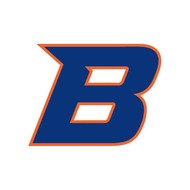Storytelling with Podcasts
(View Complete Item Description)This is an assignment for an Introduction to Media course. The activity includes students comparing and contrasting historic radio productions and contemporary podcasts. Students then choose their own short story, essay, poem, etc. that is approximately 200-300 words and/or under 5 minutes when read aloud. Students create a transcript of their story selection and create an audio recording on Padlet.com, a free media platform. Students then share their readings with classmates, listen to each other's recordings and discuss several creative attributes of their audio recordings.
Material Type: Homework/Assignment














